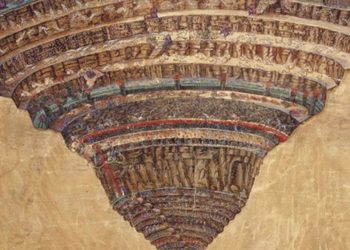Could advanced alien civilizations be leaving behind massive energy-harnessing structures in space? A groundbreaking new study introduces a technique to identify Dyson rings—hypothetical megastructures designed to collect energy from stars—by analyzing light from pulsars. This innovation could mark a turning point in our search for extraterrestrial intelligence and provide unprecedented insights into the cosmos.
What Are Dyson Rings, and Why Do They Matter?
Dyson rings, conceptualized as massive orbital structures around stars, are a scaled-down alternative to Dyson spheres, first imagined by physicist Freeman Dyson in 1960. Unlike a complete sphere, which would require impossible amounts of material, a Dyson ring consists of a series of satellites or collectors that orbit a star, capturing its energy output.
For perspective, Earth’s current energy usage is around 15,000 terawatts annually. As our technological demands grow, humanity might one day need to scale up energy collection methods. The Kardashev Scale, which measures a civilization’s energy use, classifies us as a Type I civilization. Advanced civilizations capable of building Dyson rings would likely be at Type II, harnessing trillions of terawatts of energy from their host stars.
Pulsars—highly magnetized, rotating neutron stars that emit beams of electromagnetic radiation—offer a unique opportunity. If a Dyson ring were built around a pulsar, it could harness unimaginable amounts of energy, potentially exceeding 10,000 trillion terawatts. This makes pulsars prime candidates for detecting these futuristic structures.
The New Detection Technique: How It Works
The research, led by Ogetay Kayali and a team at Michigan Technological University, proposes analyzing pulsar light curves—graphs showing the brightness variations of pulsars over time—for unusual patterns. When pulsar beams interact with a Dyson ring, their high speeds could create multiple reflections of the pulsar’s light on the ring’s surface. These reflections would appear simultaneously, producing unique and identifiable features in the light curves.
A similar effect has been observed when pulsar beams illuminate dust rings, leading scientists to believe this approach could work for detecting artificial structures. If successful, this method would provide the first tangible evidence of alien megastructures.
Discovering Dyson rings would be a historic milestone, signifying the existence of intelligent extraterrestrial life capable of constructing energy-harvesting megastructures. Such a find would challenge our understanding of the universe and hint at the incredible technological advancements achieved by civilizations far beyond our own. This study not only paves the way for future research but also inspires humanity to consider our place in the cosmos.











